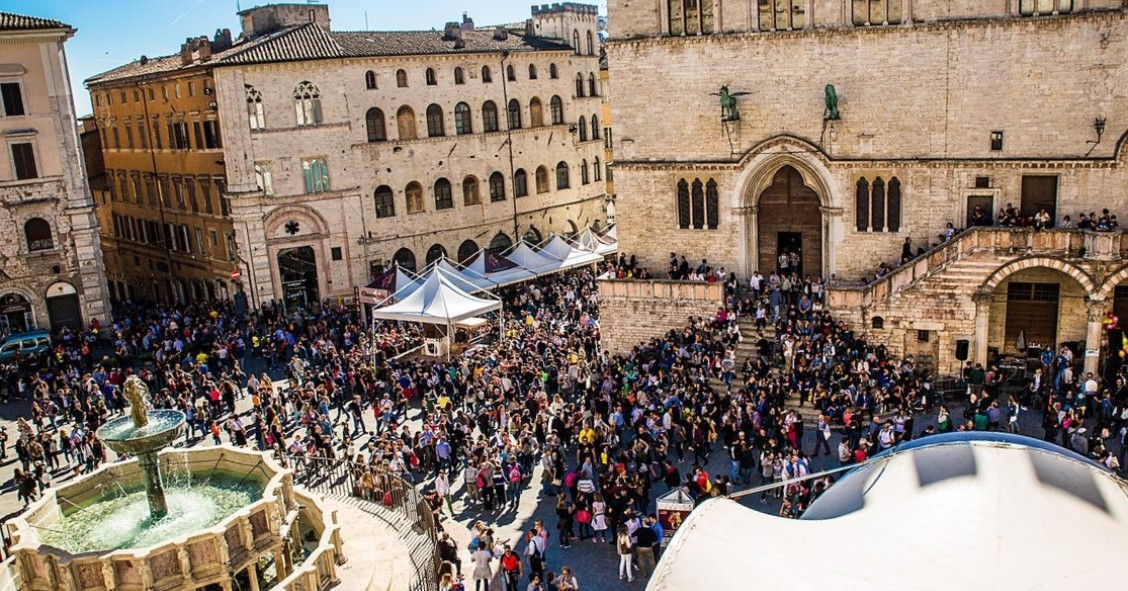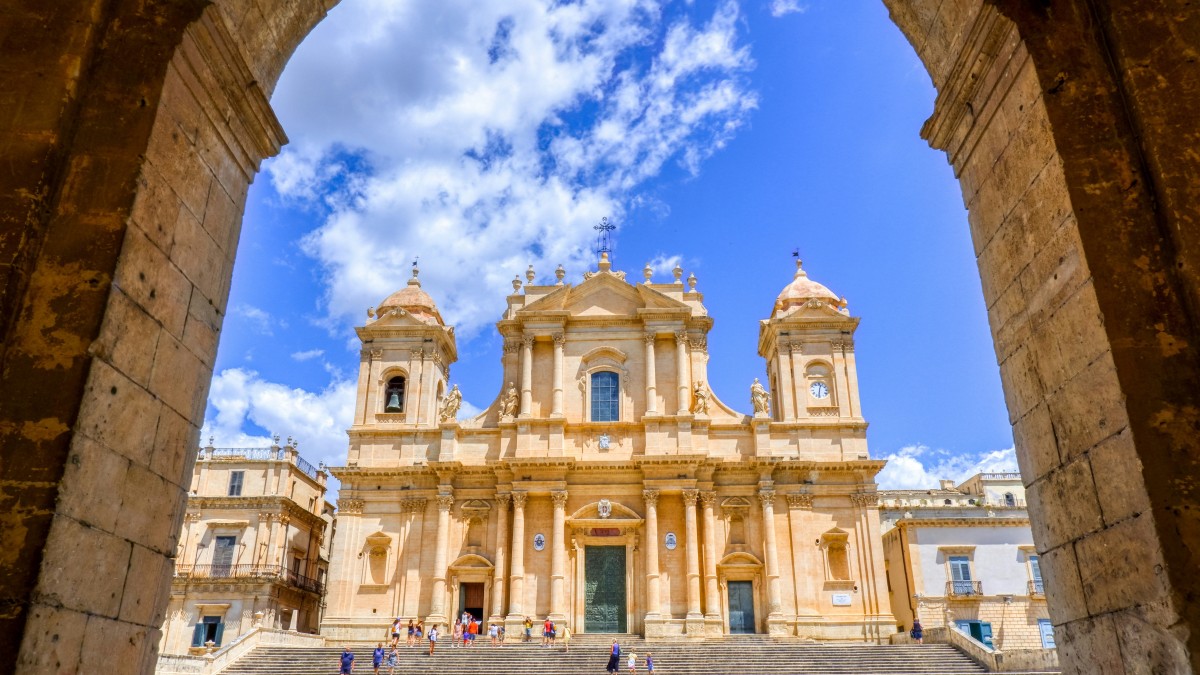
Sicily is one of the most captivating destinations in the Mediterranean, offering a unique blend of history, culture and breathtaking landscapes. Among its many treasures are 7 UNESCO World Heritage Sites – places of outstanding cultural or natural importance that you won’t want to miss. From ancient Greek temples to active volcanoes, these landmarks tell the story of Sicily through the centuries.
- Archaeological Area of Agrigento – the valley of the temples
- Villa Romana del Casale – Piazza Armerina’s mosaic masterpiece
- Aeolian Islands – volcanic beauty in the Tyrrhenian Sea
- Late Baroque towns of the Val di Noto – a baroque wonderland
- Syracuse and the Necropolis of Pantalica – ancient wonders
- Mount Etna – Europe’s highest active volcano
- Arab-Norman Palermo and the cathedrals of Cefalù and Monreale
- Travel tips for visiting UNESCO sites in Sicily
Archaeological Area of Agrigento – the valley of the temples
The Archaeological Area of Agrigento, also known as the Valley of the Temples, is one of the most important Greek archaeological sites in the world. Added to the UNESCO list in 1997, it features some of the best-preserved Doric temples outside Greece. Highlights include the Temple of Concordia, the Temple of Hera Lacinia and the Temple of Olympian Zeus.
How to get there: Agrigento can be reached by car, bus or train. From the city, local buses or a short taxi ride will take you to the site. While you’re there, visit the Kolymbetra Garden and the historic centre of Agrigento.
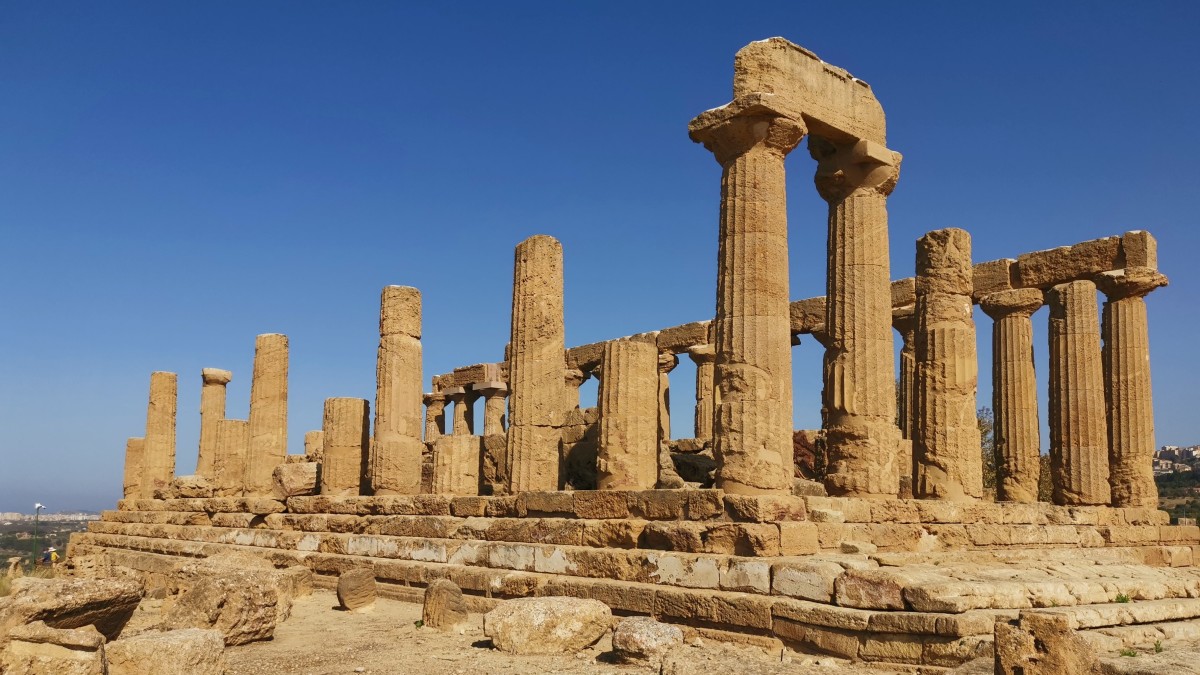
Villa Romana del Casale – Piazza Armerina’s mosaic masterpiece
In the heart of Sicily, Villa Romana del Casale is a must-see for lovers of Roman history. Dating back to the 4th century AD and recognised by UNESCO in 1997, it is famous for its incredibly well-preserved mosaics that depict vivid scenes of daily life, mythology and hunting.
How to get there: Accessible by car or scheduled bus services from major Sicilian cities. After exploring the villa, take time to wander around Piazza Armerina, known for its Baroque cathedral and Aragonese Castle.
- Property for sale in Piazza Armerina
- Property for rent in Piazza Armerina
- Holiday rentals in Piazza Armerina

Aeolian Islands – volcanic beauty in the Tyrrhenian Sea
Recognised by UNESCO in 2000, the Aeolian Islands are a paradise of volcanic landscapes, crystal-clear waters and charming villages. The archipelago includes Lipari, Vulcano, Salina, Panarea, Stromboli, Filicudi and Alicudi – each with its own character. From the sulphur mud baths of Vulcano to the chic nightlife of Panarea, there’s something for every traveller.
How to get there: Hydrofoils and ferries depart from Milazzo, Messina, Palermo and even Naples. Once on the islands, explore by boat for stunning coastal views or follow scenic hiking trails.
- Property for sale on the Aeolian Islands
- Property for rent on the Aeolian Islands
- Holiday rentals on the Aeolian Islands
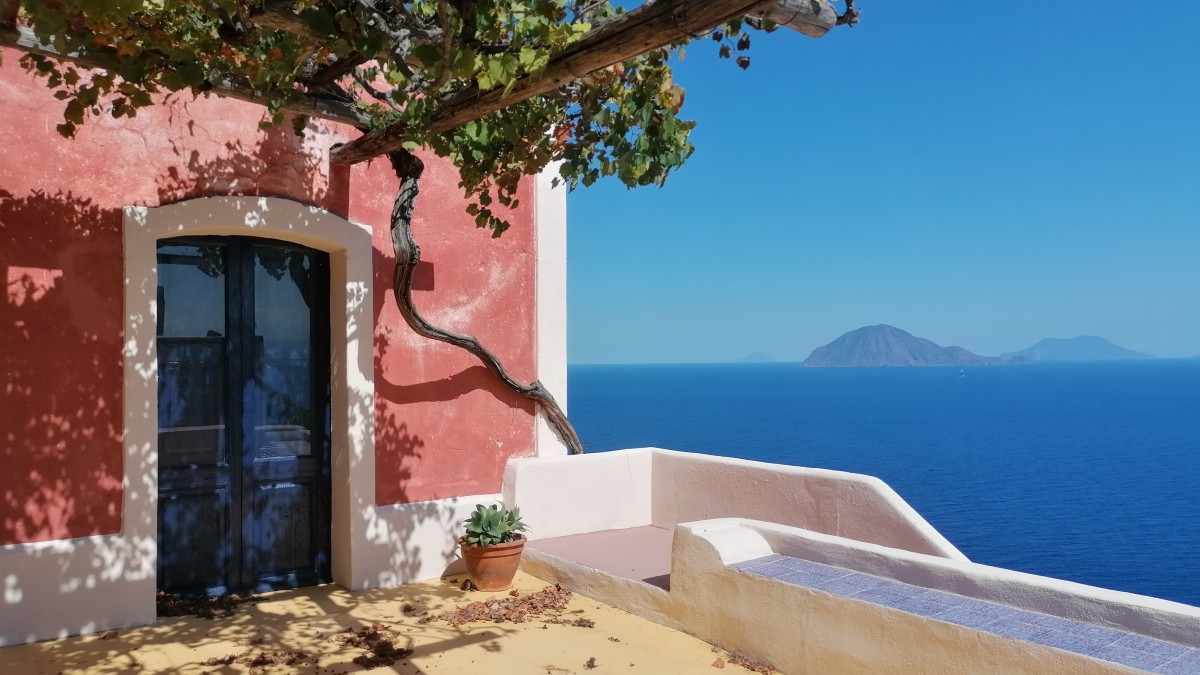
Late Baroque towns of the Val di Noto – a baroque wonderland
After the earthquake of 1693, eight towns in south-eastern Sicily – Caltagirone, Militello Val di Catania, Catania, Modica, Noto, Palazzolo, Ragusa and Scicli – were rebuilt in spectacular Baroque style. This Val di Noto ensemble was added to UNESCO’s list in 2002.
Don’t miss:
- The Cathedral of San Giorgio in Modica
- The Cathedral of San Nicolò in Noto
- The Cathedral of San Giorgio in Ragusa Ibla
How to get there: Best explored by car, although buses and trains connect many of the towns.

Syracuse and the Necropolis of Pantalica – ancient wonders
Syracuse was one of the most powerful cities of the ancient Mediterranean. Together with the Necropolis of Pantalica, it became a UNESCO site in 2005.
In Syracuse: Visit the Neapolis Archaeological Park with its Greek Theatre, Roman Amphitheatre and Ear of Dionysius, and wander the charming streets of Ortigia Island.
In Pantalica: Discover one of Europe’s largest prehistoric necropolises, with over 5,000 tombs carved into the rock.
How to get there: Syracuse is easily reached by train or bus. Pantalica is best visited by car or guided tour from Syracuse.
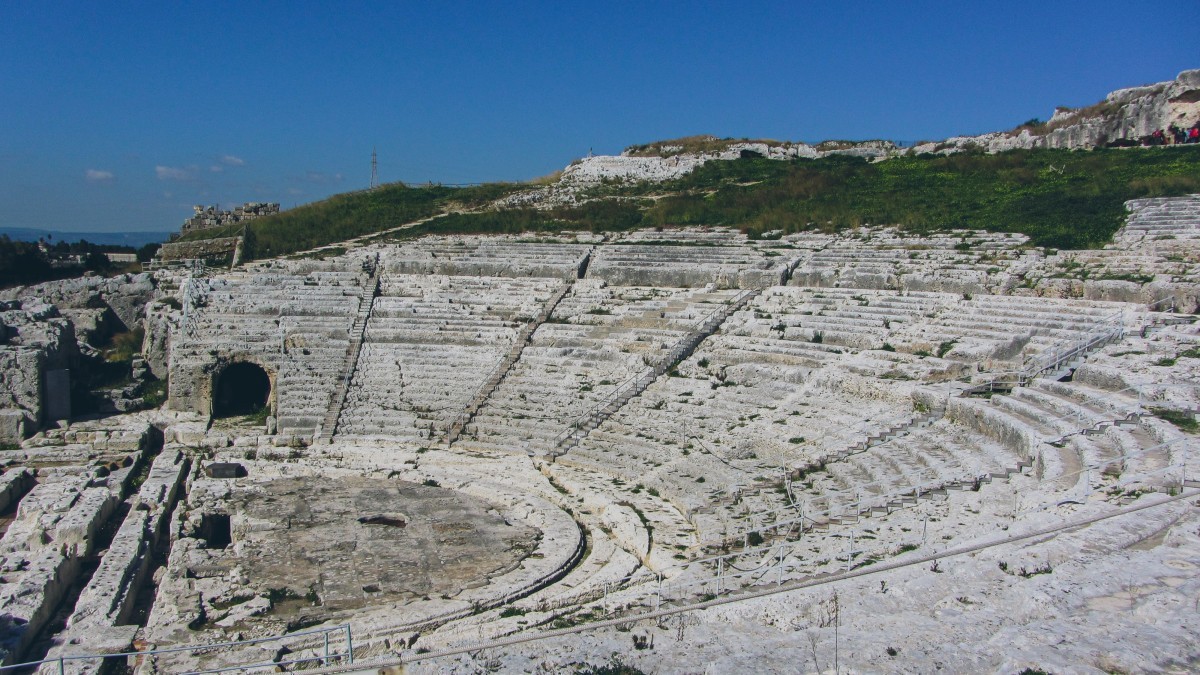
Mount Etna – Europe’s highest active volcano
Towering over eastern Sicily, Mount Etna was recognised by UNESCO for its geological importance and volcanic activity recorded over 2,700 years.
Things to do:
- Ski in winter
- Go trekking in summer
- Take scenic train rides or off-road tours
How to get there: From Catania or Taormina by bus, organised tour or car to Rifugio Sapienza on the southern slope – the starting point for many excursions.
- Property for sale close to Mount Etna
- Property for rent close to Mount Etna
- Holiday rentals close to Mount Etna
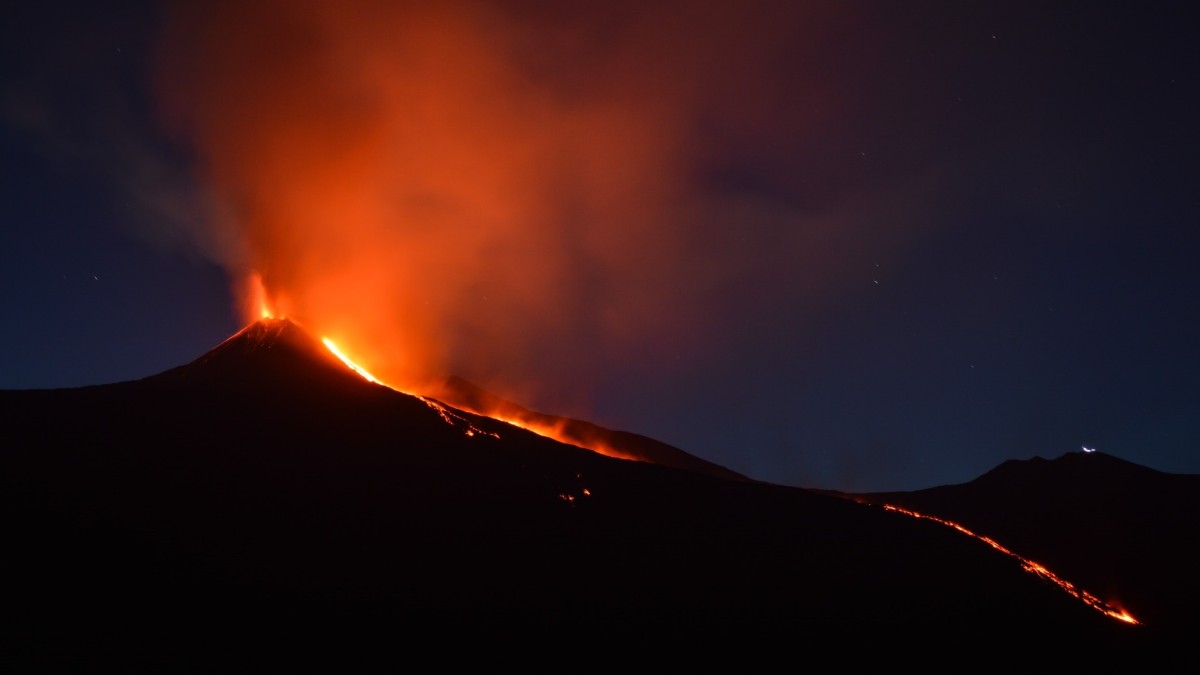
Arab-Norman Palermo and the cathedrals of Cefalù and Monreale
Listed as a UNESCO site in 2015, this cultural route showcases Sicily’s unique mix of Arab, Norman and Byzantine influences.
In Palermo:
- The Norman Palace and Palatine Chapel
- The Cathedral of Palermo
- The churches of San Giovanni degli Eremiti, La Martorana and San Cataldo
- The Zisa and the Admiral’s Bridge
Beyond Palermo:
- The seaside Cathedral of Cefalù
- The hilltop Cathedral of Monreale with its golden mosaics
This remarkable blend of cultures is a testament to Sicily’s rich and diverse history.

Travel tips for visiting UNESCO sites in Sicily
- Best time to visit: Spring and autumn for pleasant weather and fewer crowds
- Transport: Hiring a car offers the most flexibility, though buses and trains connect major towns
- Stay longer: Many UNESCO sites are near beautiful beaches, wine regions and hiking areas – perfect for a multi-day itinerary



